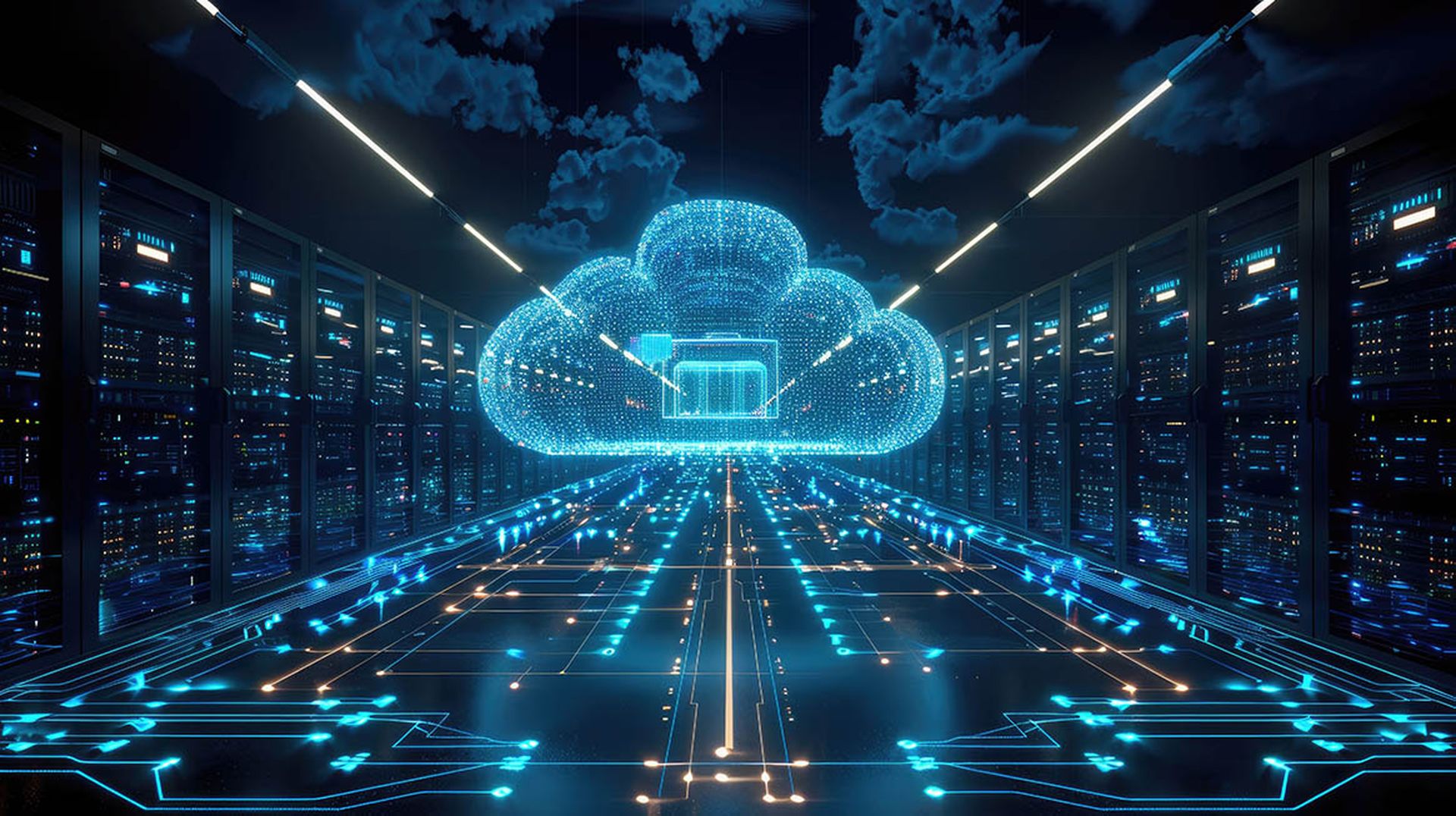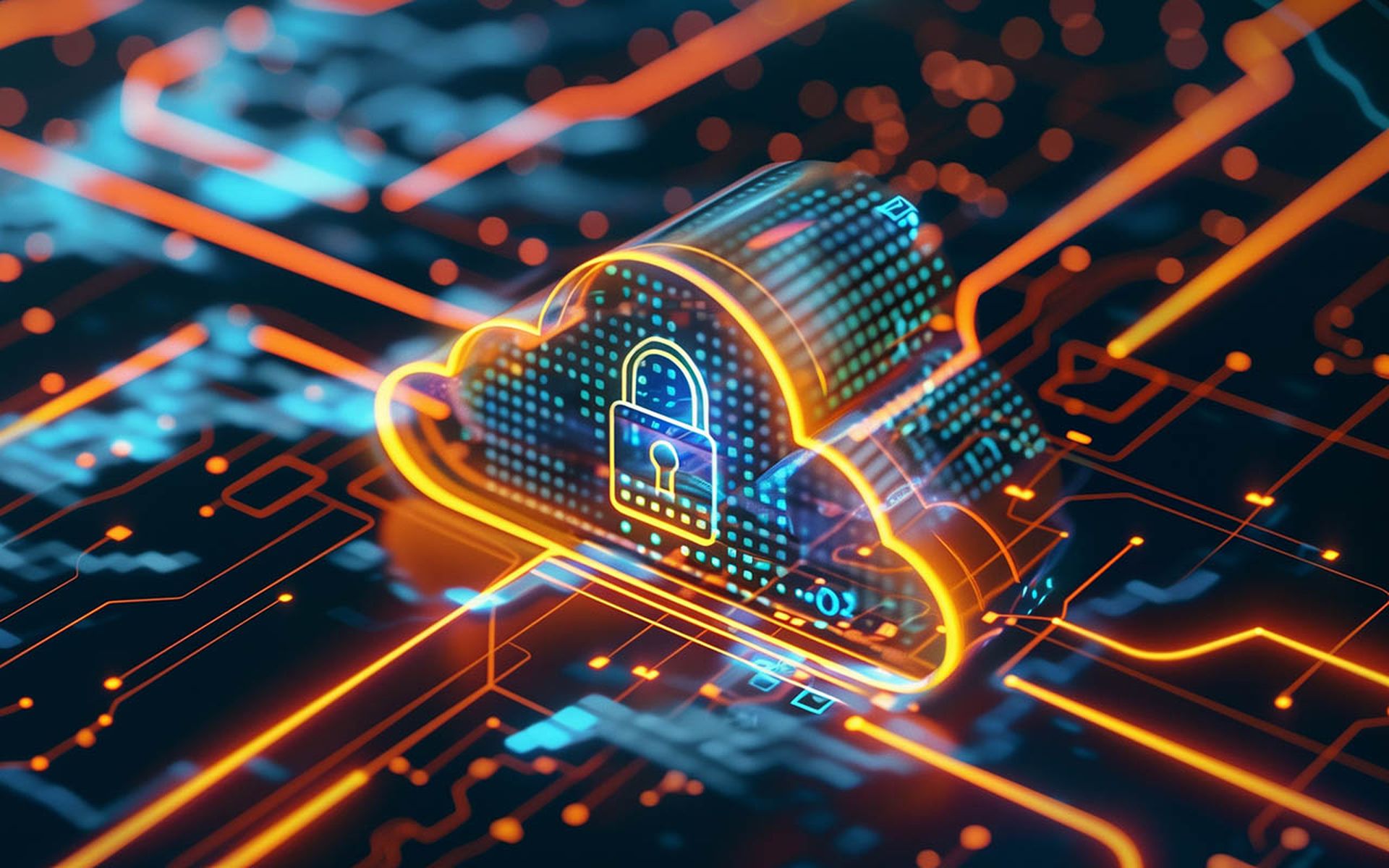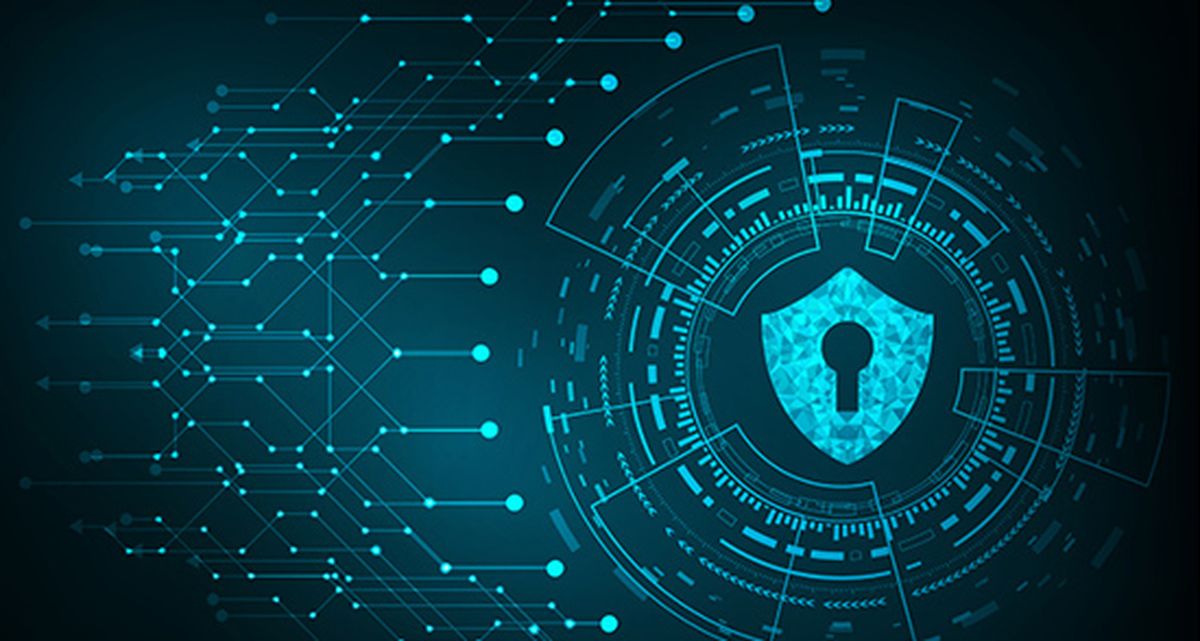COMMENTARY: A 2024 survey from Information Technology Intelligence Consulting shows that, for over 90% of mid- and large-sized enterprises, an hour of downtime costs more than $300,000. That hurts, but for small and medium-sized businesses (SMBs) with up to a hundred staffers, an hour of downtime costs $100,000 -- comparatively less, but still crippling. And, according to a survey from McKinsey & Company, SMBs account for nearly half of all U.S. employment and technology spending.
Yet, when attempting to protect their data, SMBs often find the expense of traditional disaster recovery (DR) too high. Using a hot site to replicate an environment is prohibitively expensive. Even sending backups to a provider that can store them and rehydrate later as needed can easily crush an SMB's budget. While large enterprises can afford to drop $10,000 a month for traditional DR, SMBs often can't. Instead, they often go without and can only hope they’re not next.
That doesn’t stop the threats, though. In a Veeam survey of IT leaders, about half of respondents said they were hit by one to three ransomware attacks in 2023 – with 26% claiming four or more. Roughly a quarter of the victims who paid the ransom never got their data back. Then there’s severe weather, like hurricanes and wildfires, and other natural disasters that cause extensive damage. This has caused data centers to falter and stopped businesses in their tracks.
Even so, recent advancements are giving hope to SMBs, managed service providers (MSP) and managed security service providers (MSSPs). A new as-a-service (SaaS) model delivers fully automated backup and restoration, minus the excessive features SMBs don't need. The result is an affordable, powerful DR option called backup recovery-as-a-service (BRaaS), which protects SMBs and gives managed security service providers a tremendous opportunity.
Back to Business
The biggest issue with traditional DR is an inability to recover until an environment is fixed. Meanwhile, IT has nowhere to point data. The approach also requires a mirrored environment and infrastructure that is always on, so users pay for a hot site that is not used until a disaster occurs.
BRaaS, on the other hand, can stand up a failover site automatically and immediately on bare metal, providing recovery in hours at much lower cost. These types of solutions pull backups from an offsite cloud repository, provision processing and enable storage in the cloud, then rehydrate the backups. It’s automatic and quickly restores those vital apps and data required for SMBs to get back to business. And because there is no charge for unused resources, the monthly cost would only be in the hundreds instead of thousands of dollars.
BRaaS solutions, while basic and simple, are not without essential features. As an example, you can set up regular testing daily, weekly, monthly and as needed for events like major configuration changes. Reporting can detail every test and facilitate auditing and compliance to meet cyber insurance and regulatory measures.
A Virtual Greenfield
For an SMB, the best financial outcomes and return on investment with BRaaS come from using MSPs or MSSPs. These service providers, in turn, have a virtual greenfield of SMBs to sell to, all of which have a long overdue need for data protection.
Providers are in a unique position to capitalize on the BR/DR market. In addition to affordability, they can reduce an SMB’s capital expenditures (CAPEX) because there’s no need to purchase additional gear. And while handling full DR would require an SMB to hire more people, MSSPs have proven pros with the right skills on staff. This negates the need for ongoing maintenance, successfully lowering operating expenses (OPEX), too.
Should your infrastructure fail, you also likely wouldn’t face a lawsuit. That responsibility, and the liability that comes with it, has also been outsourced to the MSP/MSSP.
Finally, the service provider market is becoming increasingly sophisticated, and most vendors now offer healthy channel programs. Some MSPs/MSSPs are also adopting a boutique approach, highlighted by white-glove service and a focus on specific types of business.
Designing Providers
Many have over-promoted the capabilities of DR and minimized the importance of backup. As a result, SMBs have either overpaid for or ignored effective data protection entirely. The arrival of BRaaS, however, means there’s no longer a need to sacrifice business continuity or risk reputation. An affordable, automated DR service is finally delivering a solution designed for SMBs - and designing service providers.
MSSP Perspectives columns are written by trusted members of the managed services, value-added reseller and solution provider channels.




